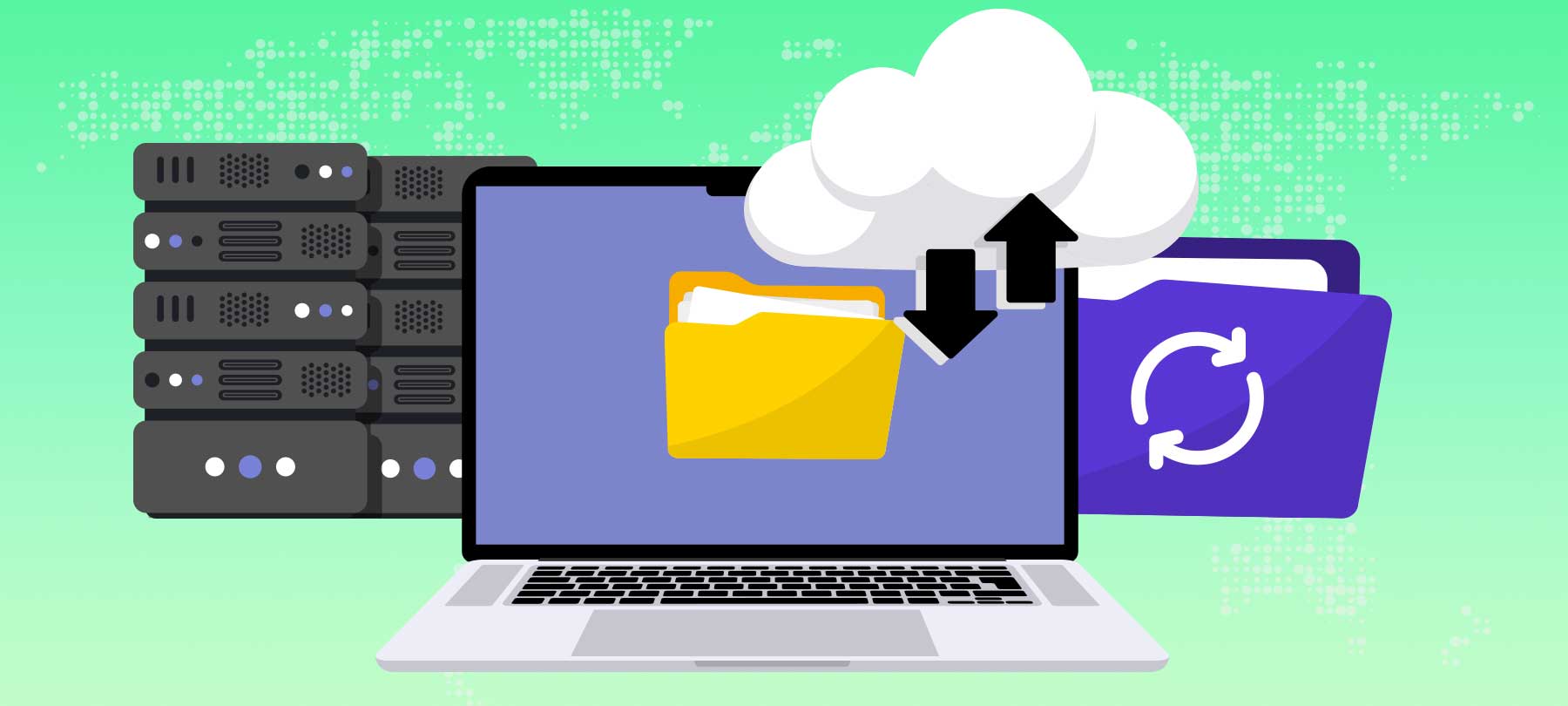
Apple backup tips for World Backup Day
March 31 is World Backup Day: a cybersecurity holiday meant to raise awareness about the importance of backups. Here’s some essential information about backups—along with three key backup tips for Apple users.
Why backups matter
Our work and personal lives have become increasingly entwined with the digital world. Because there’s so much important data on our mobile devices and computers, it’s crucial to protect it.
Backing up your data is a little like buying insurance: You hope you won’t ever need to use your backups, but you’ll be very glad you have them if you do!
Backups can save the day in the following scenarios:
- System crashes, power outages, and hardware failures
- Loss or theft of a device
- Physical destruction of a device, e.g. in a car accident, a fire, a flood, or even at the hands of a curious toddler.
- Ransomware attacks that encrypt your files and render them inaccessible.
If you don’t have a backup plan for your data, you’re playing a risky game. But the good news for Apple users is that Macs, iPhones, and iPads come with a number of built-in backup solutions that make data backup fast and easy.
Backup tips for Apple users
Here are three tips to help Apple users make the most of the backup features on their devices:
Back up your Mac with Time Machine
Macs come a native backup tool called Time Machine. Time Machine protects data stored on your Mac—emails, files, photos, music, apps, and more—by copying it to an external storage device and automatically performing new backups periodically.
In the event of a data catastrophe, you can restore your Mac to a recent state from a Time Machine backup—or set up a brand new machine from the backup so that it will have all of your data on it.
Apple has a support guide that explains the Time Machine setup procedure. It’s only three steps long, which should give you some idea of how easy it is!
Use end-to-end encrypted iCloud backups for better privacy
iCloud makes it easy to perform iPhone and iPad backups using the iCloud Backup feature. But in the past, iCloud Backup raised serious privacy concerns, because it didn’t protect every kind of data with end-to-end encryption (E2EE). This included iMessage backups, and meant that Apple could be compelled to hand over your backed-up messages to the government or law enforcement in certain scenarios.
For privacy-conscious users, that represented an unacceptable risk, and led people to create local encrypted iPhone backups on their Macs—or simply skip iPhone data backup altogether. However, Apple has recently introduced an E2EE version of iCloud Backup called Advanced Data Protection.
Advanced Data Protection lets you use iCloud Backup in a mode where almost all of your data is encrypted end to end. Apple’s support guide explains how to turn on Advanced Data Protection for your iCloud backups. If you’ve been skipping iPhone backups due to privacy concerns, there’s now a way to use iCloud to protect your data and your privacy!
Back up your 2FA
App-based two-factor authentication (2FA) is an excellent way to safeguard your accounts from hacks and takeovers. But there’s a backup-related 2FA issue that bears mentioning here: What happens if you lose access to one of your authentication factors? For example, if the cell phone you use to receive your 2FA codes is stolen, does that mean you’re locked out of your accounts forever?
The short answer is no, since most websites and services will have an account recovery procedure to help you if you lose your 2FA device. However, those recovery processes can be time-consuming and frustrating.
A better option is to come up with a 2FA backup plan in advance. That way, if you lose a 2FA device, you’ll be able to restore account access on your own. There are several ways to do this—and a couple of Apple technologies that can help:
- Most websites and services allow you to print out one-time recovery codes to help you get back into your account if you lose access to your 2FA device. They’re typically called something like “backup verification codes” and can be found in the 2FA menu in the settings area of your accounts. Print these out and keep them in a secure place such as a home safe or a bank safety deposit box. Alternatively, you can store backup codes using the secure notes feature of your password manager or in a Secure Note in Keychain Access.
- Use your authenticator app’s built-in backup features. Authy, for example, offers an opt-in backup service that can help you restore access to your 2FA tokens if your phone goes missing.
- Use a second device as a trusted 2FA backup. If your authenticator app supports it, you can set up another device to receive your 2FA codes in addition to your main device. This could be an older smartphone that you keep in a drawer somewhere, or perhaps your Mac. If you ever lose your primary 2FA device, you’ll still have access to your codes—and when you eventually get a new device, you can migrate your 2FA to it using your backup device.



